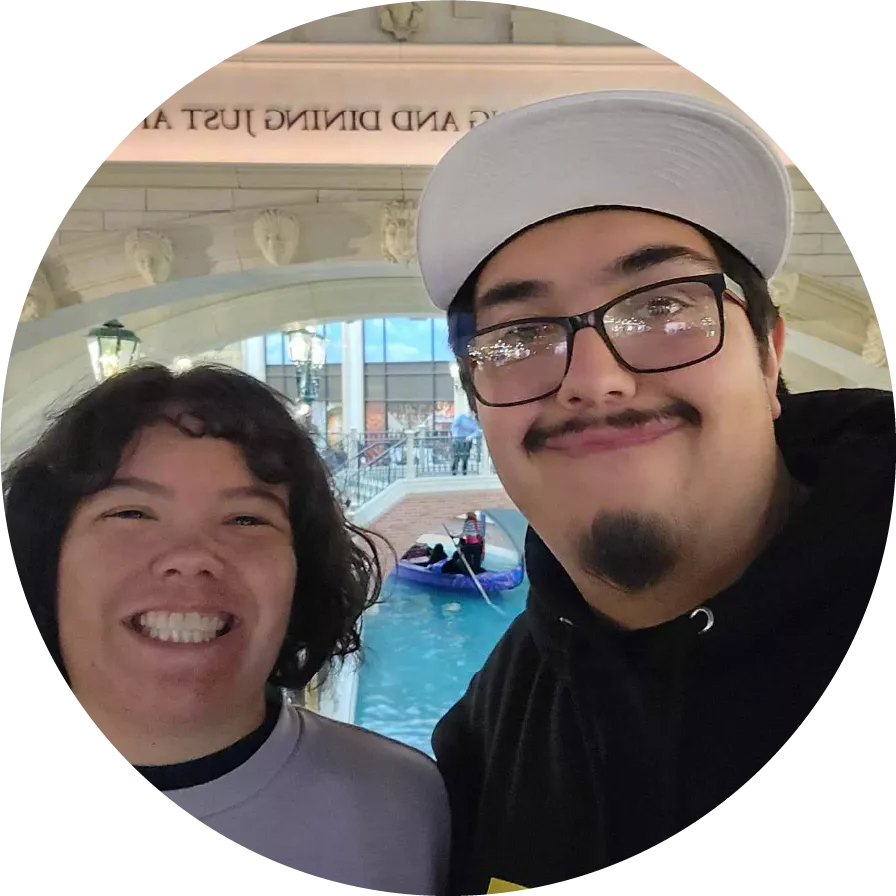What does a patternmaker do?
Patternmakers take a fashion concept from a designer and create a pattern to make articles of clothing such as dresses, pants, shirts, jackets, and suits. They often create patterns by constructing drawings or using computer-aided design software. Patternmakers use precise measurements to determine sizes and they draw stitching and cutting markings. They also illustrate the position of buttonholes and pleats and the placement of beading, embroidery, or other design features. Patternmakers typically construct their patterns in different parts of the garment. They often create patterns for specific types of fabric and body shapes. Sometimes patternmakers create paper or cardboard cutouts of their patterns so they can be used for more than one use.
What kind of training does a patternmaker need?
Patternmakers typically need at least a high school diploma. Many patternmakers complete formal pattern making programs from vocational and technical schools, community colleges, or universities. Some complete formal apprenticeship programs that combine classroom instruction and paid on the job training. Prospective patternmakers typically complete courses in fashion design, mathematics, sewing and tailoring, body proportions, apparel construction, drafting, and computer-aided design. Many patternmakers complete internships or shadow experienced workers to gain practical experience in the field. Some patternmakers start their careers as a grader or fabric cutter and move into patternmaking positions as the gain the required skills and experience. Patternmakers often complete additional training throughout their careers to stay up to date with current trends and up date their skills.
What are the prospects for a career as a patternmaker?
Employment of patternmakers is expected to decline rapidly, decreasing 27% from 2008 to 2018 (1). The increase in imports and increased automation will drive employment decline.
Job opportunities are expected to be limited, but some job openings will arise from the need to replace patternmakers that retire, transfer, or leave the field for other reasons.
How much do patternmakers make?
As of January 2010, the middle 50% of patternmakers earn annual salaries between $34,349 and $51,377. The top 10% earn annual salaries of more than $59,940 (2).
A career as a patternmaker is a great choice for people with a strong interest in creating patterns for a variety of garments. Patternmakers must have a solid understanding of fashion design, apparel construction, and a variety of fabrics. Manual dexterity, detail orientation, good eye-hand coordination, and good color perception are necessary characteristics. Patternmakers must have excellent sewing and drawing skills. They must also be able to stand for long periods of time and complete repetitive tasks. They must have excellent communication and interpersonal skills and the ability to work effectively independently as well as part of a team.


